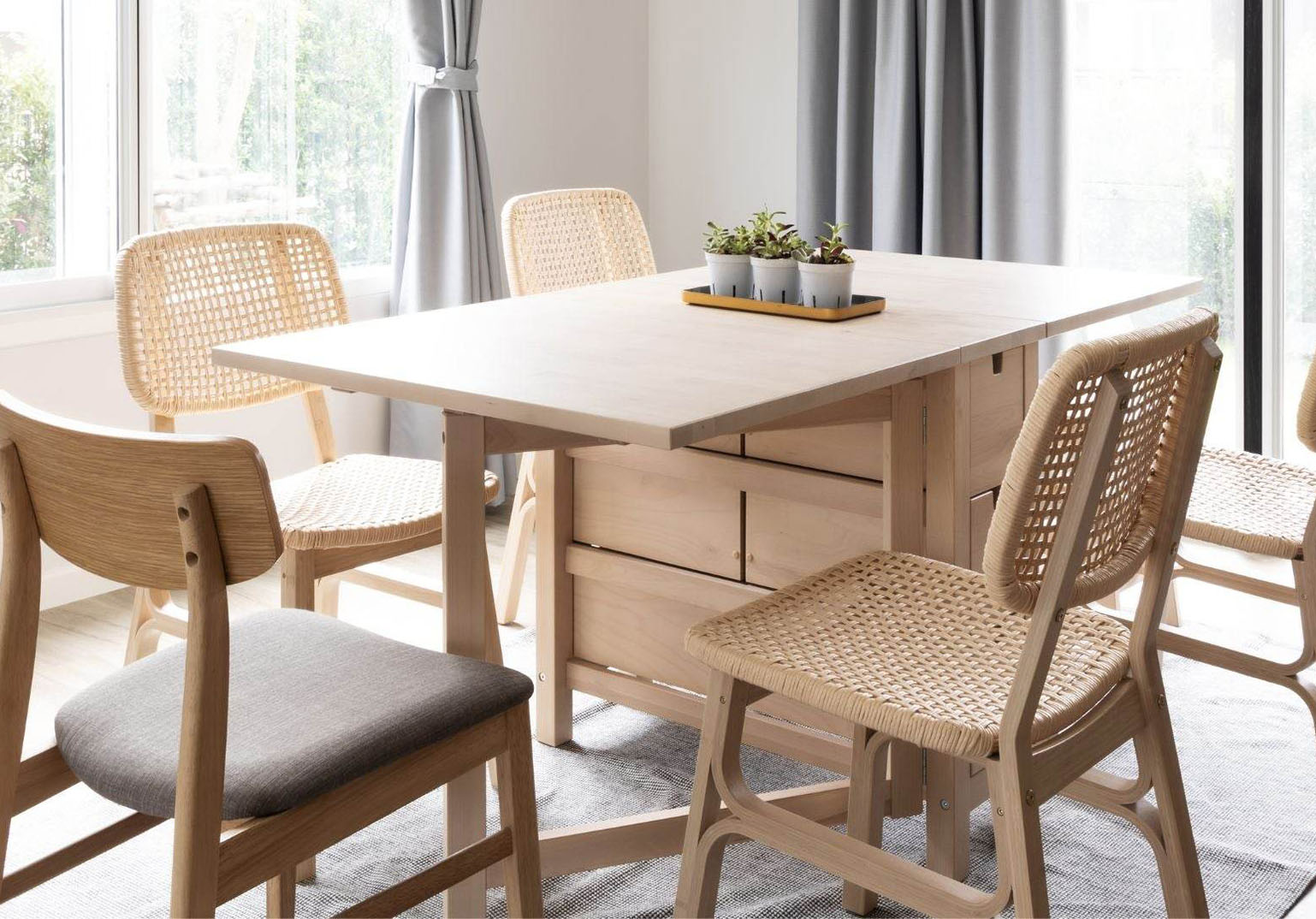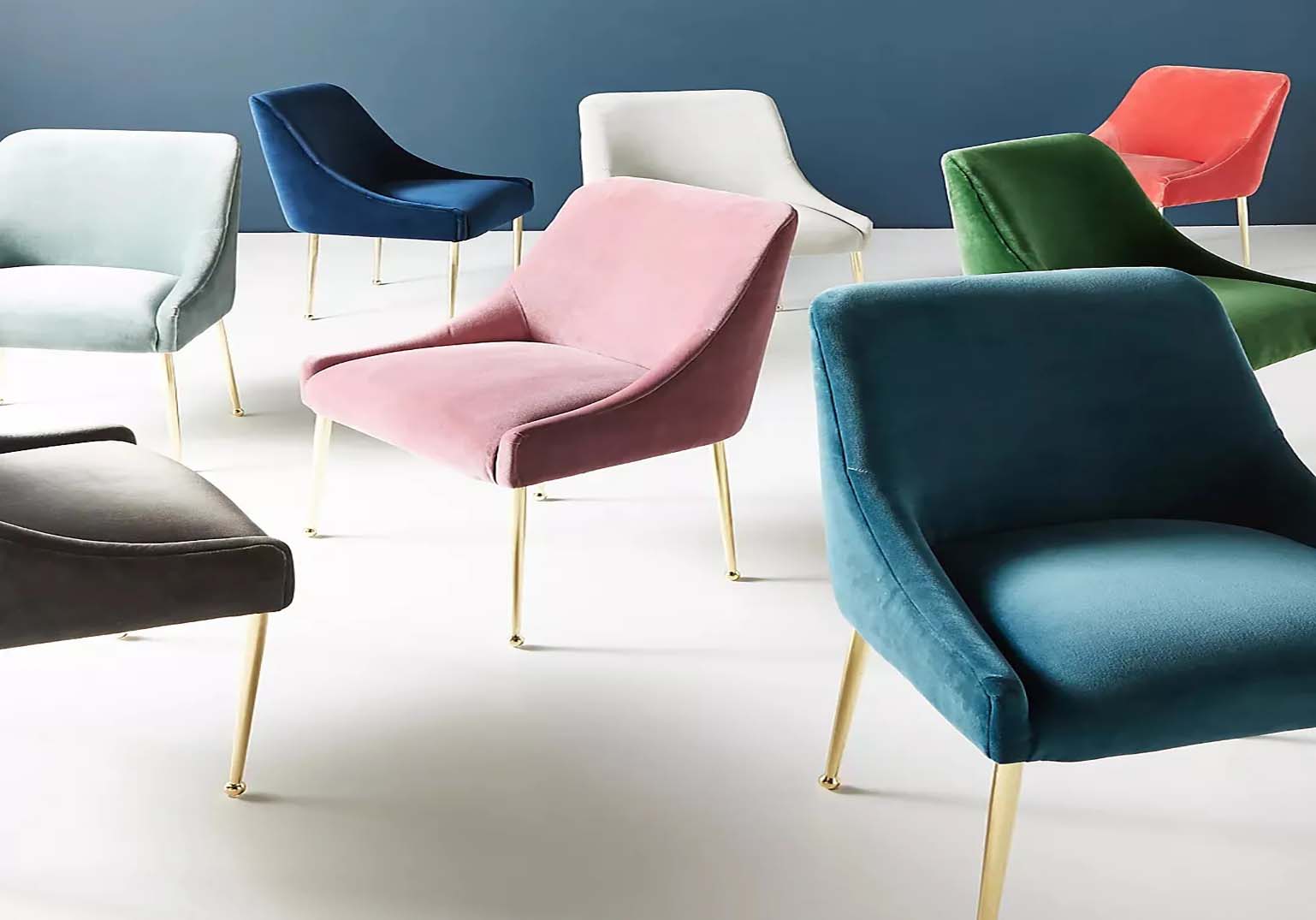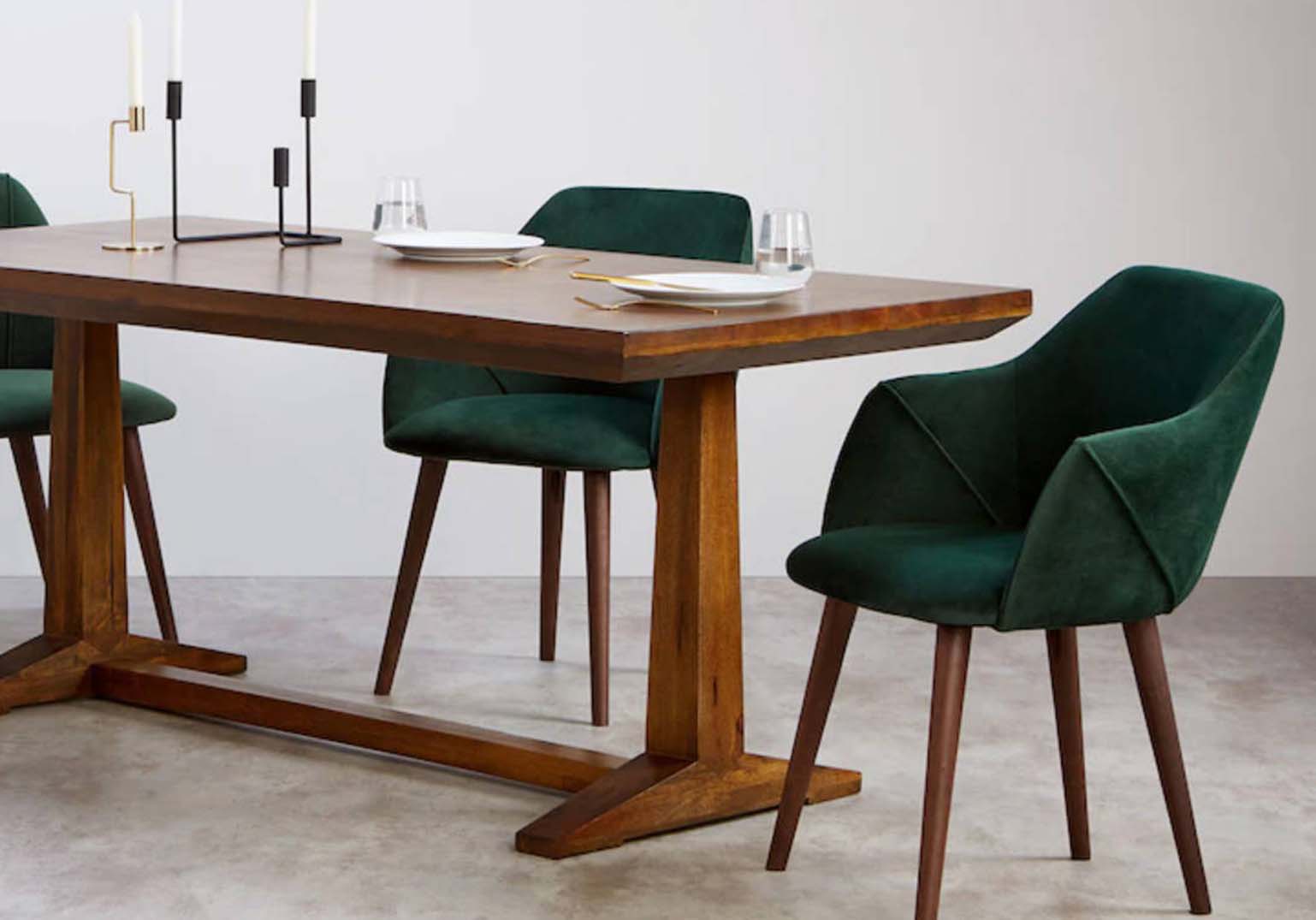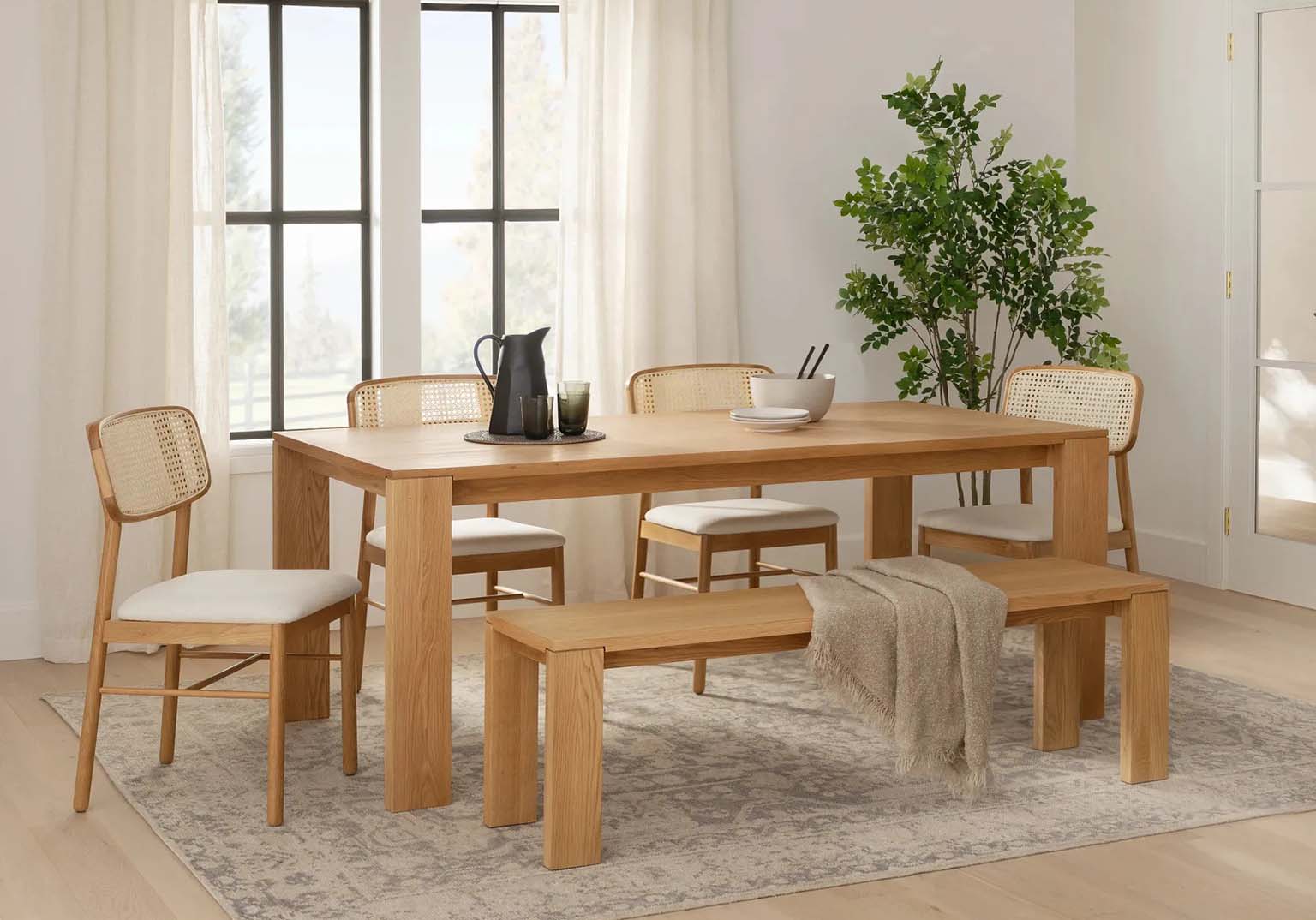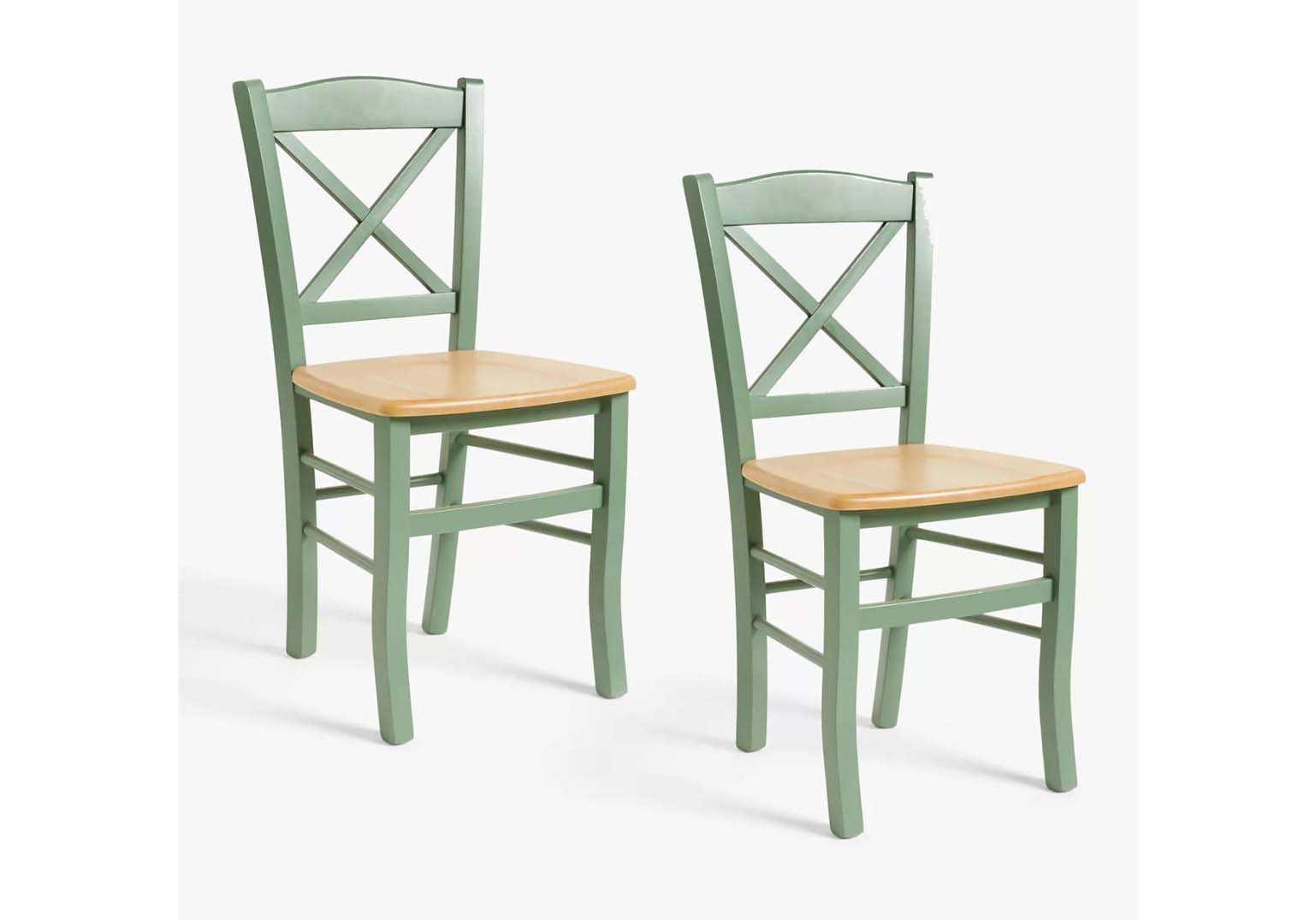Choosing the perfect dining chair is a crucial decision in home furnishing that can significantly impact both the aesthetic appeal and functionality of your dining space. With so many options available in terms of style, material, comfort, and price, making the right choice can be overwhelming.
Understanding the Importance of Dining Chairs
Dining chairs are more than just functional pieces of furniture; they play a significant role in the overall ambiance of your dining area. The right chairs can enhance the look of your dining room, provide comfort for your guests, and complement your dining table and décor. Conversely, the wrong chairs can detract from the room’s design, compromise comfort, and even affect your dining experience.
Key Considerations
When choosing dining chairs, consider the following key factors:
- Comfort
- Style
- Material
- Size and Scale
- Functionality
- Durability
- Budget
1. Comfort: The Foundation of a Great Dining Experience
Why Comfort Matters
Comfort is paramount when selecting dining chairs because you want to ensure that your family and guests can enjoy their meals without discomfort. The right chair should provide adequate support for prolonged sitting and contribute to a pleasant dining experience.
Factors Affecting Comfort
- Seat Height: The seat height should be proportional to the height of your dining table. A standard dining chair typically has a seat height of 18 inches, but this can vary based on the table’s height. Ensure there is enough legroom between the chair and the table.
- Seat Depth: The depth of the seat affects how comfortably you can sit. A seat depth of 16 to 18 inches is generally considered comfortable, but this may vary based on personal preference.
- Backrest: A good backrest should support your lower back while allowing you to sit upright comfortably. Look for chairs with a contoured back or lumbar support.
- Cushioning: Chairs with adequate padding or cushioning provide better comfort. Consider the density of the foam or padding used in the chair.
Tips for Testing Comfort
- Try Before You Buy: If possible, sit in the chair to assess its comfort level. Test it for a few minutes to ensure it meets your needs.
- Check for Adjustability: Some dining chairs come with adjustable features, such as height or reclining options, which can enhance comfort.
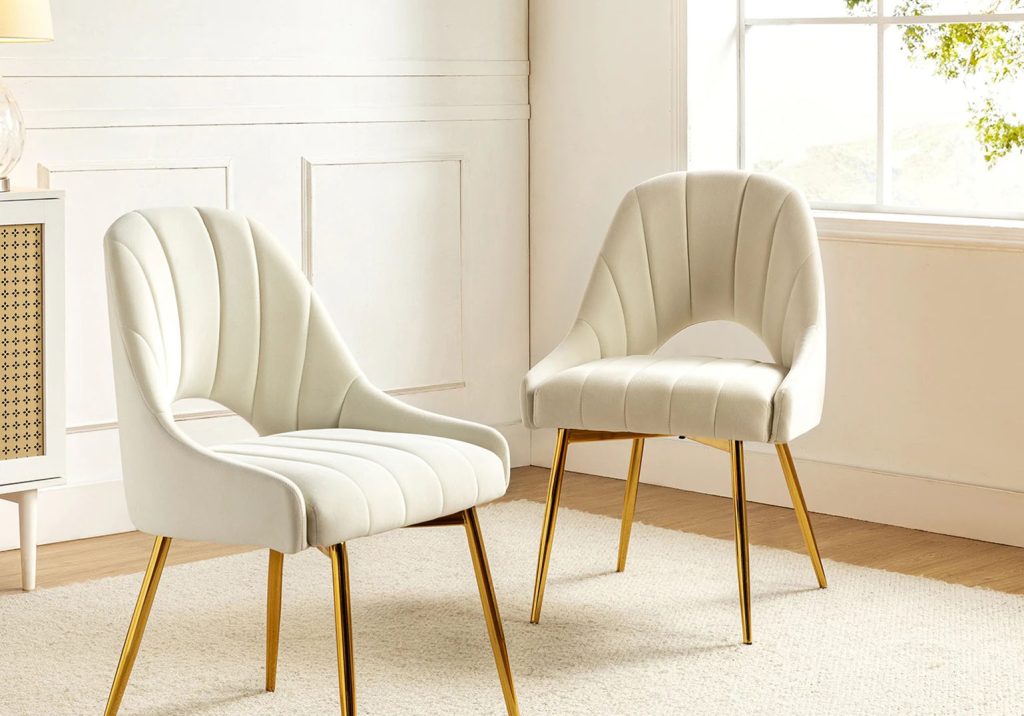
2. Style: Reflecting Your Personal Taste
Different Dining Chair Styles
Dining chairs come in a variety of styles, each with its own unique look and feel. Choosing a style that complements your dining table and overall décor is essential.
- Traditional: Traditional dining chairs often feature classic designs, intricate carvings, and ornate details. They are typically made of wood and have a timeless appeal.
- Modern: Modern dining chairs are characterized by sleek lines, minimalist design, and often incorporate materials like metal or acrylic. They offer a contemporary look and can be a great contrast to more traditional dining tables.
- Rustic: Rustic dining chairs often feature natural materials, distressed finishes, and a sturdy, farmhouse-inspired design. They create a cozy and welcoming atmosphere.
- Industrial: Industrial dining chairs often use materials like metal and reclaimed wood. They have a raw, urban aesthetic that pairs well with industrial-style tables.
- Mid-Century Modern: Mid-century modern chairs have a retro look with clean lines, tapered legs, and often feature materials like molded plastic or upholstered fabric.
- Scandinavian: Scandinavian dining chairs are known for their simple, functional design with natural wood finishes and minimalistic details. They emphasize both beauty and practicality.
Matching Chairs to Your Dining Table
- Material Coordination: Ensure the material of the chairs complements the material of your dining table. For example, wooden chairs go well with wooden tables, while metal chairs can pair well with glass or metal tables.
- Color and Finish: Choose a color or finish that matches or contrasts with your dining table and other furnishings. Neutral colors are versatile, while bold colors can make a statement.
3. Material: Balancing Aesthetics and Practicality
Common Dining Chair Materials
- Wood: Wood is a classic choice for dining chairs, offering durability and a range of finishes. Types of wood include oak, walnut, maple, and cherry. Wooden chairs can be stained, painted, or left natural.
- Metal: Metal dining chairs are often sleek and modern, available in materials such as steel, aluminum, or iron. They are durable and easy to clean but may require cushions for added comfort.
- Upholstered Fabric: Upholstered chairs come in a variety of fabrics, including linen, velvet, leather, and faux leather. Fabric chairs offer comfort and can be styled to match your décor but may require more maintenance.
- Plastic/Acrylic: Plastic or acrylic chairs are lightweight, affordable, and available in a range of colors. They are easy to clean but may lack the warmth of wood or fabric chairs.
- Rattan/Wicker: Rattan and wicker chairs add a touch of natural texture and are suitable for casual dining settings. They are often used in outdoor or coastal-themed dining areas.
Factors to Consider
- Maintenance: Consider how easy it will be to clean and maintain the material. Upholstered chairs may need regular vacuuming and spot cleaning, while metal or plastic chairs can be wiped down easily.
- Durability: Evaluate the durability of the material. For example, solid wood chairs tend to be long-lasting, while some upholstered fabrics may wear out over time.
4. Size and Scale: Ensuring Proper Fit
Measuring Your Dining Space
- Seat Width and Depth: Measure the width and depth of the chair to ensure it fits comfortably around your dining table. Allow for sufficient space between chairs to ensure ease of movement.
- Chair Height: Ensure the chair height is appropriate for your table height. The standard height is typically 18 inches from the floor to the seat, but this can vary based on your table’s height.
- Proportions: Consider the proportions of the chairs relative to the table and room size. Oversized chairs may overwhelm a small space, while too-small chairs might look out of place in a large dining area.
Tips for Optimal Arrangement
- Spacing: Allow at least 24 inches of space between each chair for comfortable dining. Ensure there is enough room for guests to sit and move around easily.
- Room Layout: Consider the overall layout of your dining room or kitchen. Ensure that the chairs complement the rest of the furniture and fit well in the space.
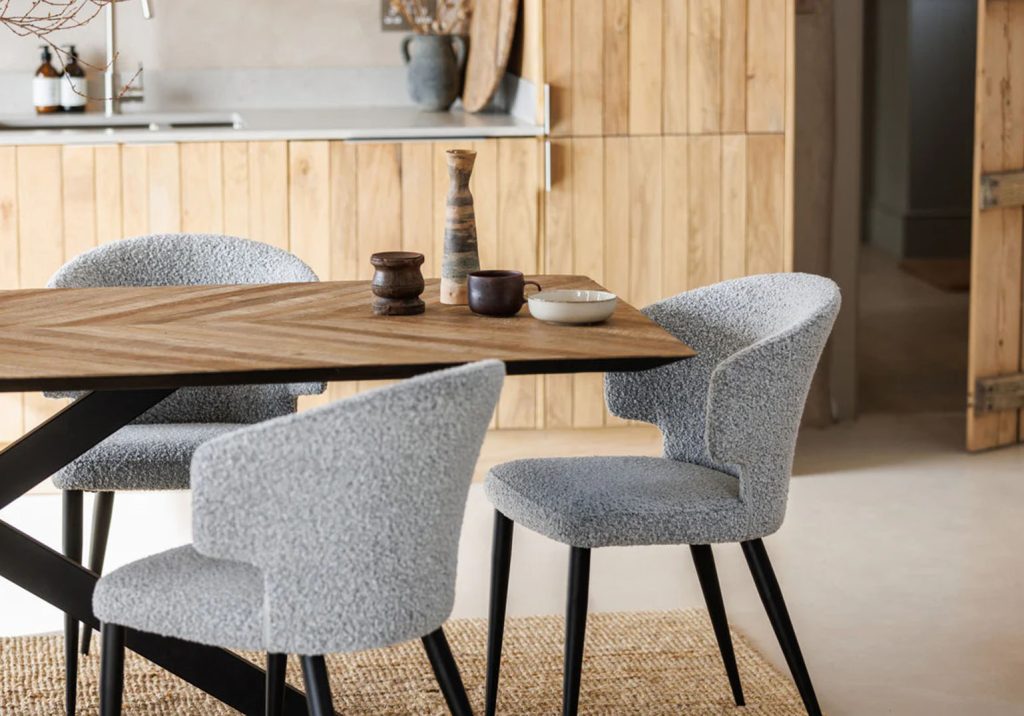
5. Functionality: Adapting to Your Needs
Additional Features
- Stackability: Stackable chairs are ideal for saving space and easy storage, especially in small dining areas or when hosting large gatherings.
- Armrests: Chairs with armrests provide additional comfort but may take up more space. Consider whether armrests are necessary based on your dining table and chair arrangement.
- Swivel and Recline: Some dining chairs come with swivel or recline features for added comfort and flexibility. These features are more common in casual dining settings.
- Adjustability: Adjustable height or tilt features can enhance comfort and versatility. These are particularly useful in multifunctional spaces or for accommodating various users.
Practical Considerations
- Ease of Cleaning: Choose materials and designs that are easy to clean, especially if you have young children or frequent guests.
- Versatility: Opt for chairs that can adapt to different settings or be used in other rooms of the house if needed.
6. Durability: Investing in Quality
Assessing Quality
- Construction: Check the construction quality of the chair, including the joinery and the sturdiness of the frame. High-quality chairs will have well-made joints and a solid structure.
- Material Quality: Evaluate the quality of the materials used. Solid wood, high-grade metal, and durable fabrics are indicators of a well-made chair.
- Warranty: Consider chairs with warranties or guarantees that cover defects or issues. A good warranty reflects the manufacturer’s confidence in the product’s durability.
Tips for Longevity
- Proper Maintenance: Follow care instructions for cleaning and maintaining your chairs to ensure they last for years.
- Regular Inspections: Periodically check for any signs of wear or damage and address issues promptly to prevent further deterioration.
7. Budget: Balancing Cost and Value
Setting a Budget
- Determine Your Budget: Establish a budget based on your needs and preferences. Dining chairs can range from affordable to high-end, so knowing your budget will help narrow down your choices.
- Consider Value: Focus on the value you’re getting for your money. Investing in high-quality chairs may cost more upfront but can save you money in the long run due to their durability.
Tips for Budget-Friendly Shopping
- Shop Sales and Discounts: Look for sales, promotions, or discount offers to get the best value for your money.
- Compare Prices: Compare prices from different retailers to find the best deal. Online shopping can also provide additional savings and convenience.
Choosing the perfect dining chair involves careful consideration of comfort, style, material, size, functionality, durability, and budget. By taking the time to assess these factors and aligning them with your needs and preferences, you can select dining chairs that not only enhance the look of your dining space but also provide comfort and functionality for years to come.
Whether you’re looking for traditional wooden chairs, modern metal designs, or cozy upholstered options, this comprehensive guide should help you make an informed decision.
